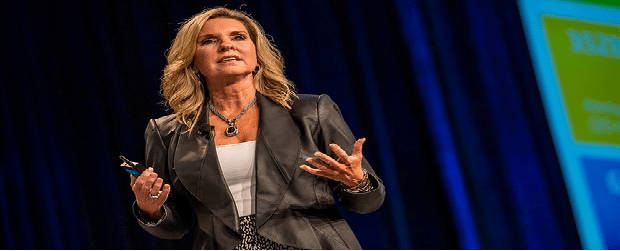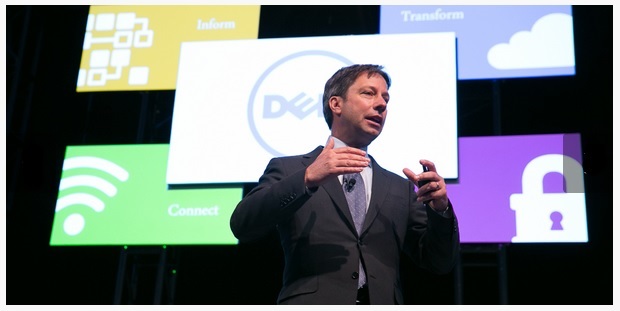Take today’s workloads and try to fit them into a digital-first environment. Not as easy as it sounds. The reality of today is activities such as crafting emails or Tweets, developing digital content, and online shopping is made easier in the cloud.
Take a gander at these recent stats:
- Two million emails are delivered per second;
- 500 million Tweets are sent per day;
- 300 times growth in digital services;
- 97 per cent of organizations plan to use the cloud;
- Of those 71 per cent plan to deploy software-defined networks in a year; and
- $2 billion was spent in online shopping.
Meanwhile, the reality for the CIO or manager of IT inside organizations have not shifted much from delivering business results, improving customer satisfaction, cutting costs, improve employee productivity and remain competitive in the market you serve.
What Dell’s vice president of global enterprise solutions and alliances, Armughan Ahmad aims for is for the technology priorities to move from traditional IT to new IT that can address concerns with optimizing workloads, cloud adoption, ubiquitous mobility in a software-defined environment.
Dell is embarking on a future-ready enterprise strategy, which will see the Austin, Tex.-based vendor forge more partnerships in the market such as the one it did with Nutanix last year and more recently with Red Hat/Open Stack. The goal of this new direction is for the channel to create an intersection from traditional IT and the new IT.
“We’re letting alliance partners and ISVs create deeper hooks into our platform. It’s not about just reselling but having blueprints as a vehicle that can combine intellectual property from alliances with Dell to complete compute and storage solutions,” Ahmad said.
Conversations about being future-ready need to happen now in Canada, according to Ahmad. New titles such as Chief Digital Officers should be thinking differently if they want to progress in the digital age or risk being left behind by emerging countries such as Mexico in the race to be digital.
“In Canada, we need to stop talking about speeds and feeds if we are ever going to move from traditional IT to this future-ready enterprise digital environment. Companies can become irrelevant over time without change or accelerating the business,” he said.
Dell’s own internal philosophy has changed because of the digital age. Dell’s approach, for example, will have no deliberate lock in. The company will be open to flexible scaling options with modular systems that do not force customers to rip-and-replace.
Also the Dell Ventures program will arm start-ups with funding.
One example of this is Dell’s partnership with Arista Networks. Both vendors offer networking solutions, but Ahmed said this partnership enable management software in a multi-vendor environment. This also helps customers drop its Capex commitments. Compare this with a proprietary strategy and you avoid a closed management stack, limited interoperability and the potential of a lock-in penalty.
Dell is also validated these types of multi-vendor solutions in its lab such as the VMware EVO:Rail, Dell engineered solution for 500 virtual machines. Ahmad added that there validation the channel is able to deploy this type of solution in days instead of weeks.
Currently Dell offers blueprints for unified communications and collaboration, VDI, virtualization, cloud, data analytics, data processing and high performance computing.
According to Ahmad, channel partners are themselves getting disrupted. “They used to focus on data centres and lead with IBM, EMC or HP. They are now worried about SaaS and the private cloud model like Salesforce.com. They have to figure out how to transition their customers into an as-a-service that’s future-ready. We have the blueprints now so it should no longer be about selling a server and marking it up by eight points. The disruption is coming with public cloud and SaaS and channel partners have to go to this new model.”




